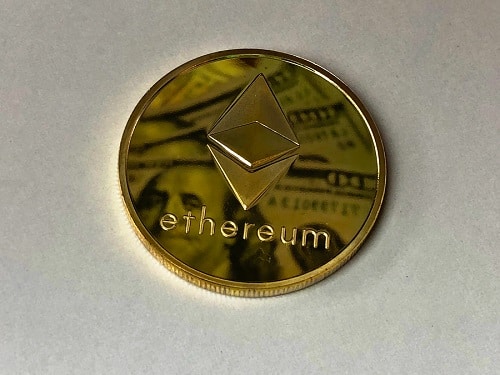The most popular altcoin and second-largest cryptocurrency by volume, Ethereum, has switched to a new operating model which uses 99.95 per cent less energy!
The Merge
‘The Merge,’ which the change is being called, and which finally happened on September 15, refers to the original Ethereum Mainnet merging with a separate proof-of-stake blockchain called the Beacon Chain, now existing as one chain.
A proof-of-stake blockchain is a consensus mechanism used to verify new cryptocurrency transactions that can guarantee that data saved on the network is valid. The advantages of proof-of-stake are faster transaction speeds and more efficient energy requirements. The Merge has, therefore, eliminated the need for energy-intensive mining and instead enabled the network to be secured using staked ETH i.e., a token that’s meant to be worth the same as Ethereum.
The technical complexity of tasks involved in switching over from a system that has been operating since Ethereum’s introduction in 2014 has been likened to rebuilding the foundations of a skyscraper while it remains standing. Also, The Ethereum blockchain supports the Ethereum currency and hundreds of millions of dollars’ worth of other coins and crypto products such as NFTs, thus making the risks of The Merge even greater.
The Merge became possible after the Beacon Chain was created as a separate blockchain to Mainnet (On December 1, 2020), was run in parallel, and was extensively tested to ensure that there would be a smooth switchover.
Mining No Longer Needed
A proof-of-work (rather than proof-of-stake) consensus mechanism requires cryptocurrency computers to solve complex mathematical problems to verify transactions in a process known as crypto-mining. This mining process requires a vast amount of electricity, making it very energy intensive.
However, with Ethereum’s ‘The Merge’ and its switch to using the Beacon Chain as the engine of block production, mining is no longer the means of producing valid blocks. Instead, the proof-of-stake validators have adopted this role, thereby dramatically reducing Ethereum’s energy requirements.
Now Green
Ethereum now describes itself as a green blockchain with the energy expenditure of Ethereum being roughly equal to the cost of running a modest laptop for each node on the network.
Scalability Enabled
The Merge has also paved the way for or further scalability upgrades that would not have been possible under proof-of-work, bringing Ethereum one step closer to achieving full scale, security, and sustainability.
Changes For Ethereum Miners
Although Ethereum points out that ‘The Merge’ “did not change anything for holders/users,” with energy costs increasing, miners of Ethereum will now need to find a new way to make money with their equipment or sell their many mining computers.
What Does This Mean For Your Organisation?
Prior to ‘The Merge,’ due to the use of crypto-mining and a proof-of-work mechanism Ethereum was using as much energy as a medium-sized country! This merging and switching over to the proof-of-stake Beacon Chain has reduced Ethereum’s energy requirements by a massive 99.95 per cent which brings obvious environmental benefits (carbon reduction) and much greener and more sustainable model. In addition to the very welcome environmental benefits ‘The Merge’ also offers greater security and stability, a possible price growth for related altcoins, the ability for Ethereum to scale up, and could put pressure on competing protocols such as solana and polkadot.




